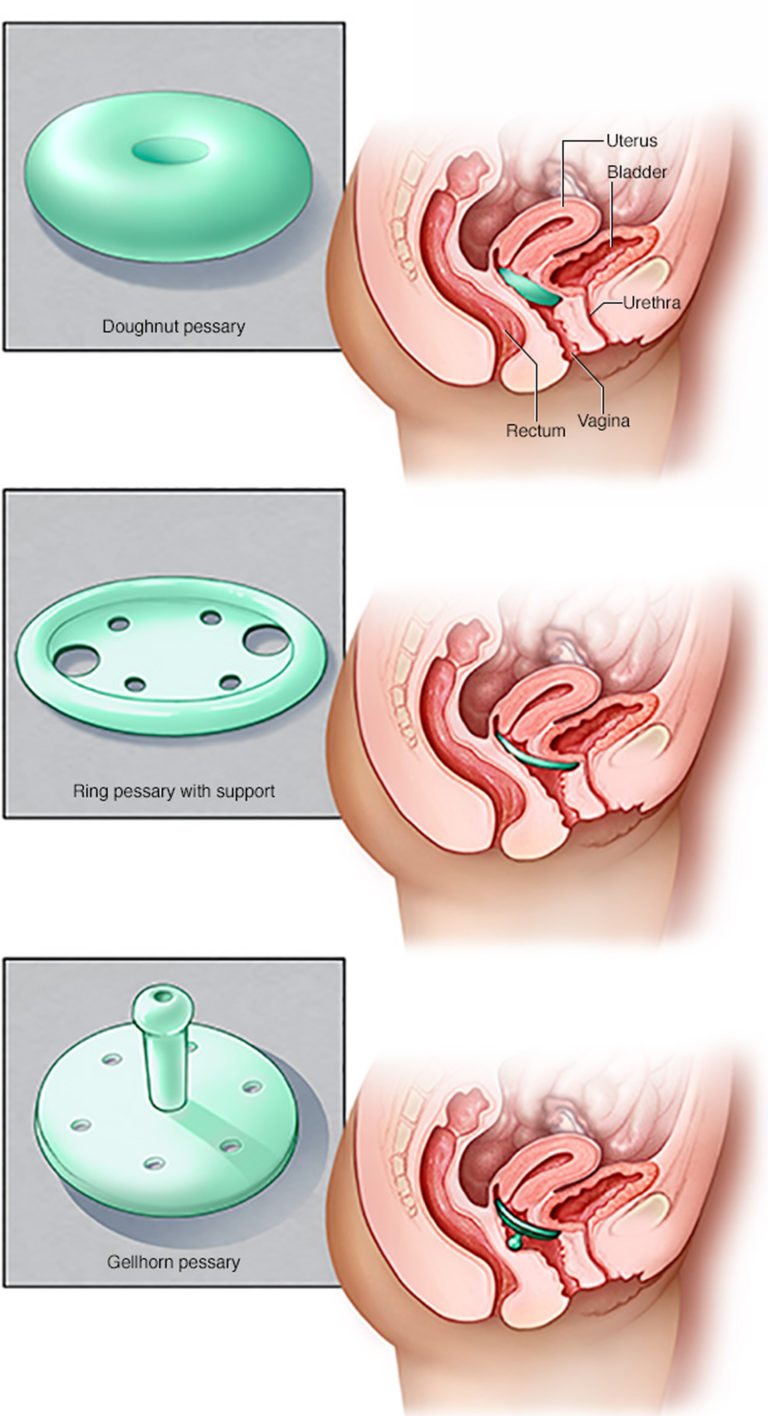
OMG... Do I have prolapse??! Pelvic floor exercises, Floor workouts, Pelvic organ prolapse
Pelvic floor exercises - sometimes also called Kegel exercises - strengthen the muscles in the lower part of the pelvis. They are particularly suitable for women who have mild bladder leakage (stress incontinence) and feelings of pressure in their abdomen.

Pelvic Organ Prolapse Exercises Can They Help? Prolapse exercises, Pelvic organ prolapse
You should also avoid exercises that make pelvic organ prolapse worse, including running, jumping, and skipping, avoid lifting heavy objects, and avoid strength training exercises such as sit-ups and abdominal crunches, planks, abdominal exercise machines, wide leg and machine squats, and leg presses. 2.

Follow these exercises that will help with prolapse Pelvic floor exercises, Safe exercises
Prolapsed uterus is a condition where the uterus falls into or completely out of the vagina. Causes of prolapsed uterus include pregnancy, advanced age, menopause, obesity, and excessive weight lifting.. sneezing), such exercises will not correct any of the more profound defects associated with uterine prolapse.

Pelvic Floor Physiotherapy Exercises for Urethra Prolapse Healthfully
Mayo Clinic Diagnosis A diagnosis of uterine prolapse often occurs during a pelvic exam. During the pelvic exam your health care provider may have you: Bear down as if having a bowel movement. This can help your provider assess how far the uterus has slipped into the vagina. Tighten your pelvic muscles as if you're stopping a stream of urine.

Pelvic Organ Prolapse Exercises Can They Help? in 2021 Prolapse exercises, Pelvic organ
These exercises — often called Kegel exercises or Kegels — help strengthen your pelvic floor muscles, so they can better support your bladder and other pelvic organs.. If you have a prolapsed uterus. For anterior prolapse associated with a prolapsed uterus, your doctor may recommend removing the uterus (hysterectomy) in addition to.

Pin on Meraki Lane
Increase your strength and fitness Strengthen your core Lose weight 1. What is Uterine Prolapse? Uterine prolapse is a "fallen down" uterus or womb slipped out of position. It happens when the uterus (or womb) loses the strong supports that hold it in place inside your pelvis.

Lesser known ways to recover from a prolapse in 2020 Pelvic floor, Kegel weights, Prolapse
Kegel exercises can help to strengthen your pelvic floor muscles. When you have pelvic organ prolapse, your pelvic organs -- your bladder, uterus, and rectum -- are weak. They can drop down.

Pin on Women's Health
Abdominal exercises with a medicine ball - increases the downward pressure on the pelvic floor, which can worsen prolapse. Double leg lowers - put a lot of strain on the pelvic area. 6 Best Core Exercises For a Prolapsed Uterus

Pelvic Organ Prolapse 11 Treatments and Exercises that Help in 2020 Pelvic floor exercises
Place one palm on the lower abdominals and one on the upper abdominals. Move into Urdhva Prasarita Padasana (Leg Lifts) by lifting the legs over the hips and bringing them perpendicular to the floor. Then ask yourself these questions: When lifting the legs, did the abdominals bellow out and become hard? Did the lumbar spine (lower back) arch up?

Pelvic Organ Prolapse Exercises Can They Help? in 2021 Prolapse exercises, Pelvic floor
Maintain your focus. For best results, focus on tightening only your pelvic floor muscles. Be careful not to flex the muscles in your abdomen, thighs or buttocks. Avoid holding your breath. Instead, breathe freely during the exercises. Repeat three times a day. Aim for at least three sets of 10 to 15 repetitions a day.

Everything You Need to Know About Pelvic Organ Prolapse in 2021 Pelvic organ prolapse, Pelvic
Prolapsed Uterus Symptoms. Symptoms of a prolapsed uterus include: A feeling of fullness or pressure in your pelvis (it may feel like sitting on a small ball) Low back pain. Feeling that something.

Prolapsed Uterus Causes, Signs, Symptoms, Treatment and Exercises
hysterectomy Other conditions and habits that strain pelvic floor muscles also can lead to POP. These include ongoing constipation and straining during bowel movements continual coughing caused by smoking or lung disease very high-impact exercise or jobs that require heavy lifting

Can I Exercise With a Prolapsed Uterus?
4 Yoga Exercises for Prolapsed Uterus Yoga Asanas to Avoid or Modify with a Prolapsed Uterus What Is Prolapsed Uterus? Prolapsed uterus is when the pelvic floor muscles and ligaments become stretched and weakened and cannot provide adequate support for the uterus.

How to Diagnose and Treat a Prolapsed Bladder Expert Tips Bladder prolapse, Prolapse
Summary A uterine prolapse is when the uterus descends toward or into the vagina. In high-grade prolapses, cervix prolapse is also possible. These happen when pelvic floor muscles and ligaments.

grading a prolapse YOUR PESSARY
Pelvic floor exercises. Stage I and II uterine prolapse in particular can be helped by pelvic floor muscle exercises, but they need to be done correctly and practised long enough to strengthen the muscles. Although the following information may give you some ideas about how to do PF exercises, it is imperative to seek professional help from a.

Uterine Prolapse Treatment Kegel Exercises and Pelvic Floor Muscle Training for a Prolapsed
Overview What is uterine prolapse? Uterine prolapse is a condition where the muscles and tissues around your uterus become weak. This causes your uterus to sag or drop down into your vagina. It can happen to anyone assigned female at birth (AFAB), but is most common after menopause and in people who've had more than one vaginal delivery.